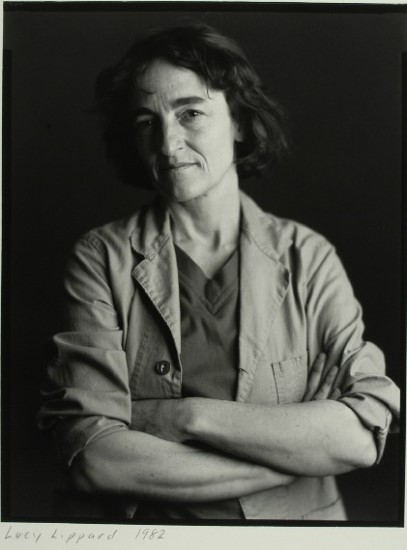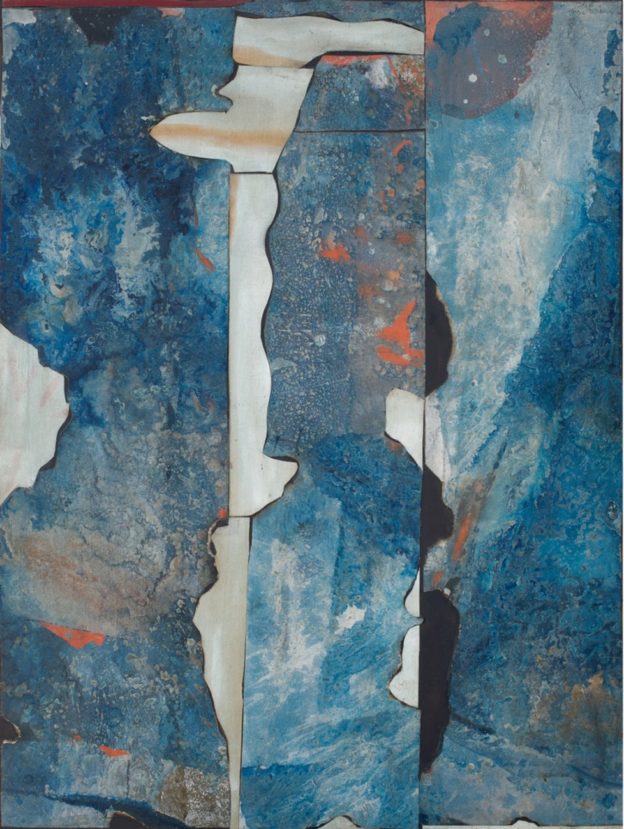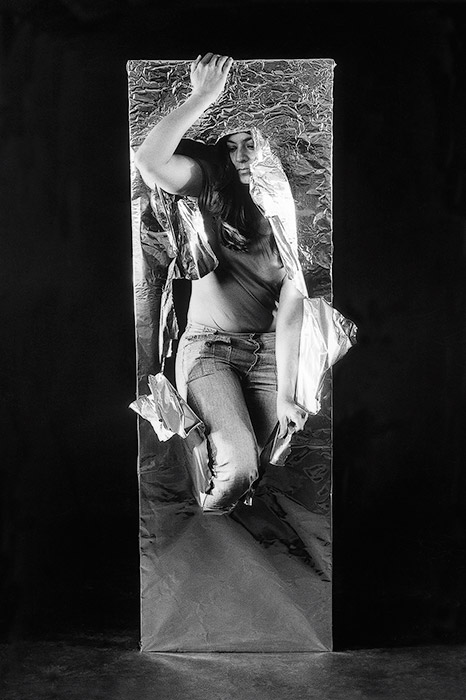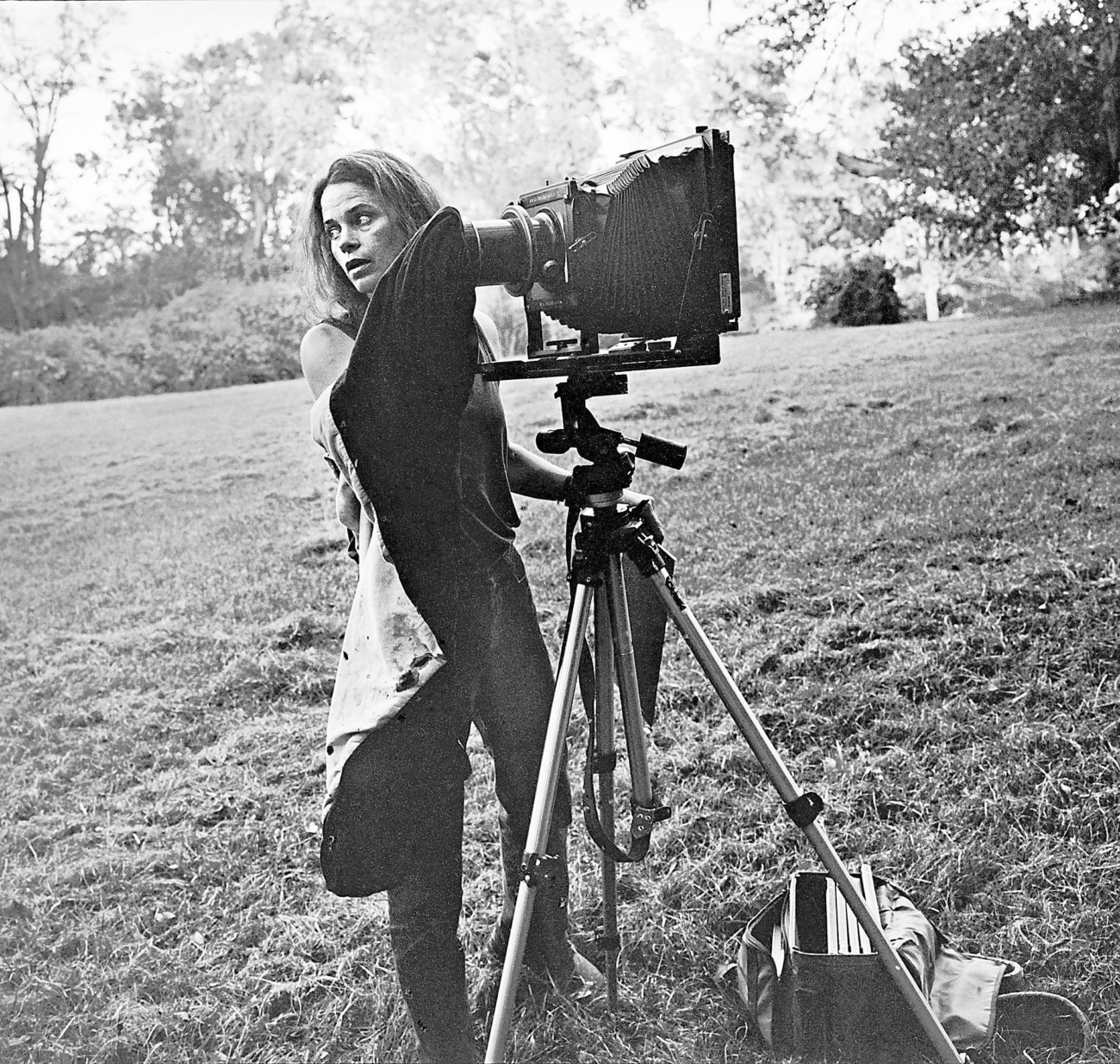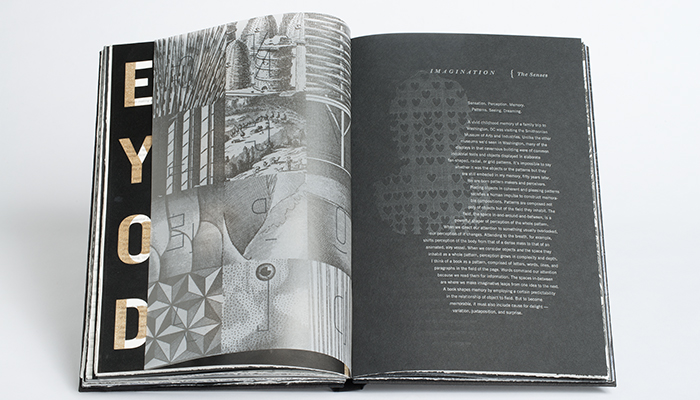“I was always pro-artist because I was well aware that what I knew about art I learned from artists—not from criticism… [Robert Smithson] went to Max’s Kansas City every other night, and he’d bring a question to be discussed; he’d come ready to talk. I was there rarely, but I love to argue, so I’d argue with him… I liked him, but I always said he was a more important writer than he was an artist, and that pissed him off—for good reason, I guess.” — Lucy Lippard*
Following a Getty Center screening of Robert Smithson’s Spiral Jetty and Charles and Ray Eames’s Powers of Ten—in conjunction with an exhibition on monumentality—Tacita Dean, Edward Ranney, and writer-activist Lucy Lippard will talk about their engagement with land art.

“I’ve always liked what feels like the impossibility of writing about images, and I always welcome the chance to mess around with form in ways that try to address that… Writing parallel to art, or collaborating with it, is what I’ve been trying to do, and it’s certainly more fun than just acting alone.” — Lippard*
(Lippard and Ranney collaborated on the books Down Country and The Lines.)

MONUMENTALITY AND COSMIC SCALE—
LUCY LIPPARD, TACITA DEAN, and EDWARD RANNEY
Saturday, March 9, at 2 pm.
Getty Center
Harold M. Williams Auditorium
1200 Getty Center Drive, Brentwood, Los Angeles.
*Jarrett Earnest, “Lucy Lippard,” in What it Means to Write About Art: Interviews with Art Critics (New York: David Zwirner Books, 2018), 288, 289, 302–303.

From top: Timothy Greenfield-Sanders, Lucy Lippard, from the series Art World, 1982, gelatin silver print, © Timothy Greenfield-Sanders; Studio International, July/August 1970; Tacita Dean, JG (offset) (detail), 2013, set of fourteen handmade offset prints, the Getty Research Institute, courtesy the artist, Marian Goodman Gallery, New York and Paris, Frith Street Gallery, London, and Niels Borch Jensen Edition, Berlin and Copenhagen, © Tacita Dean; Edward Ranney, Ollantaytambo, Peru, 1975, © Edward Ranney, courtesy of the artist.

